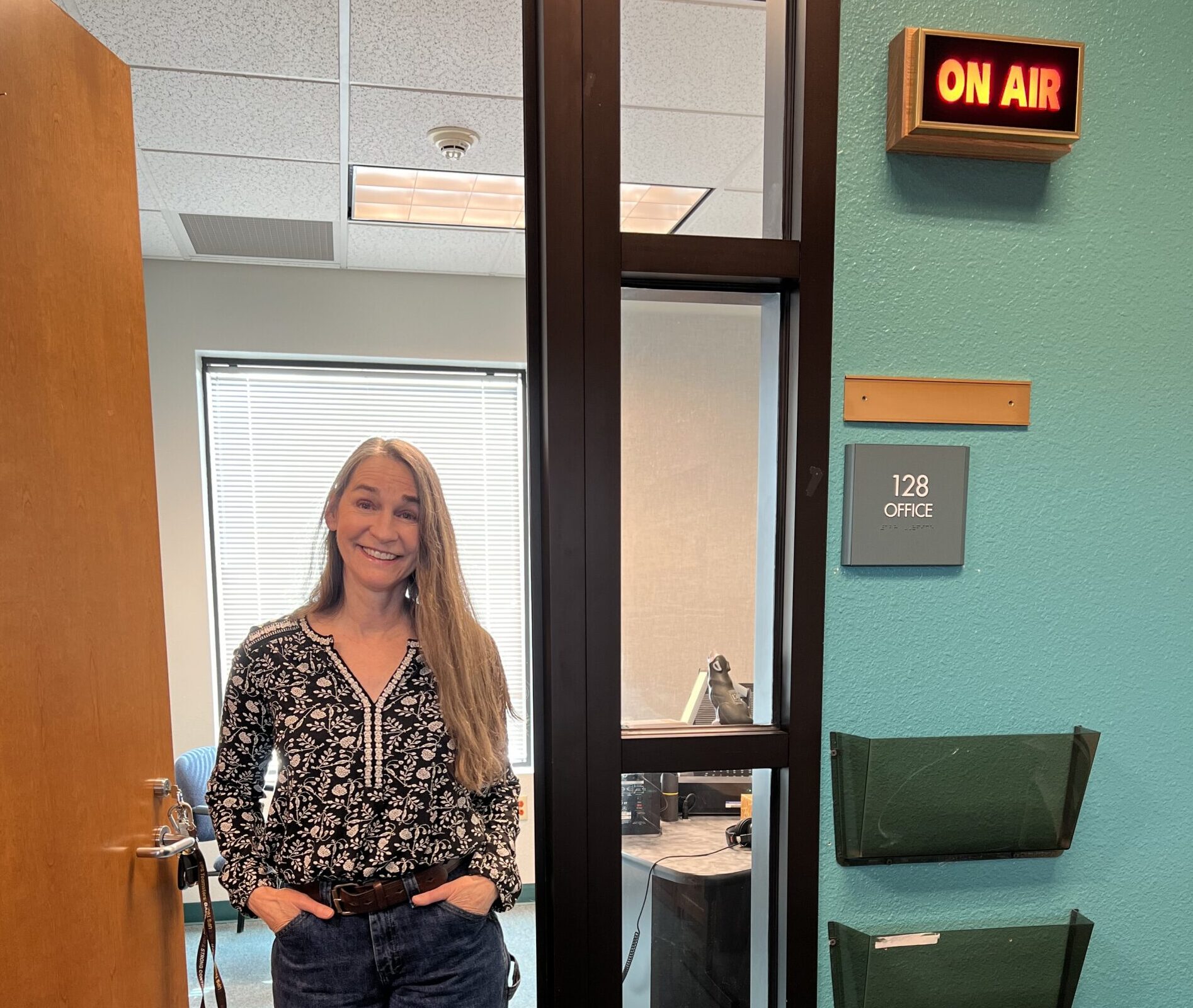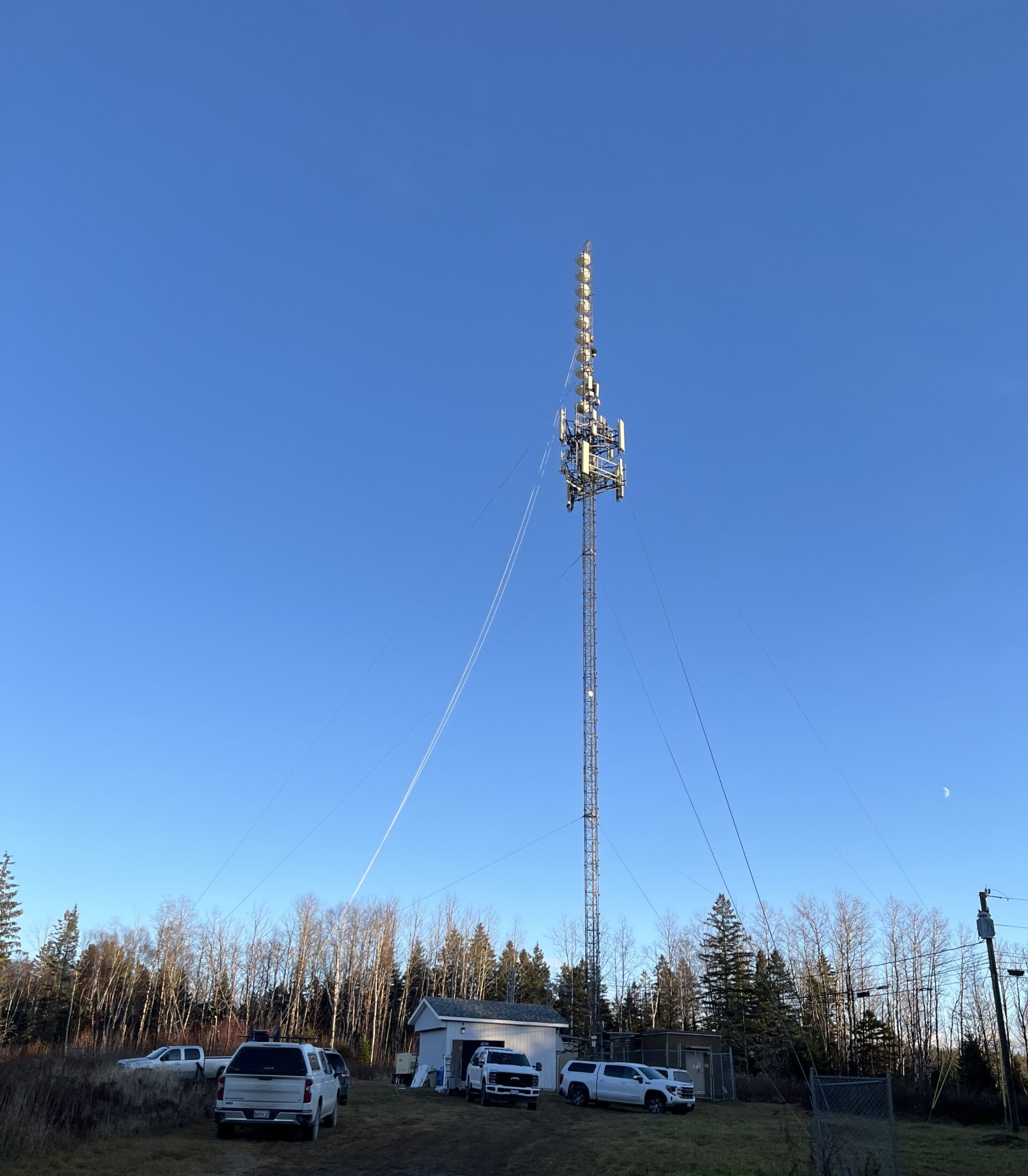
Careful planning, local enthusiasm, and federal support come together to give every Mainer a chance to tune in through their rural expansion efforts
Jeff Mahaney, Chief Technology Officer at Maine Public, has spent his career connecting rural communities with public media — a passion rooted in his own upbringing. “I’m actually a Mainer. I’ve lived on three continents, traveled a lot, came back to Maine, grew up extremely rural and extremely poor,” he says matter of factly. “Public television was our media, and then radio came along in the seventies. FM was never going to make it, but here we are.”
Mahaney’s wry observation about FM radio’s shaky beginnings gives an insight into his and the station’s work on a grand buildout Maine Public has undertaken over the last few years. Explaining the work of servicing more and more of the state, he notes that for a long time, public radio was not available in Greenville, the Moosehead Lake town popular with summer tourists.
One day, a man whose family was involved in the founding of the town called him asking for a radio station.“ I said, if you gave us $10 million, we couldn’t put up a radio station. There are no frequencies. That’s not an option.” That didn’t stop him.
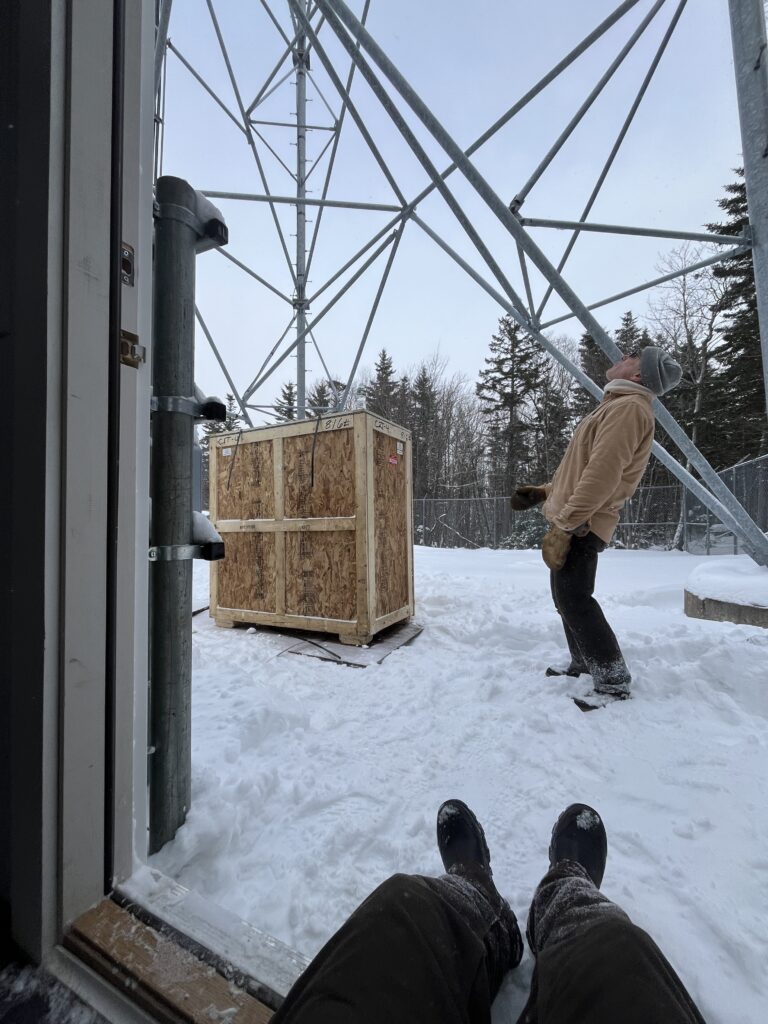
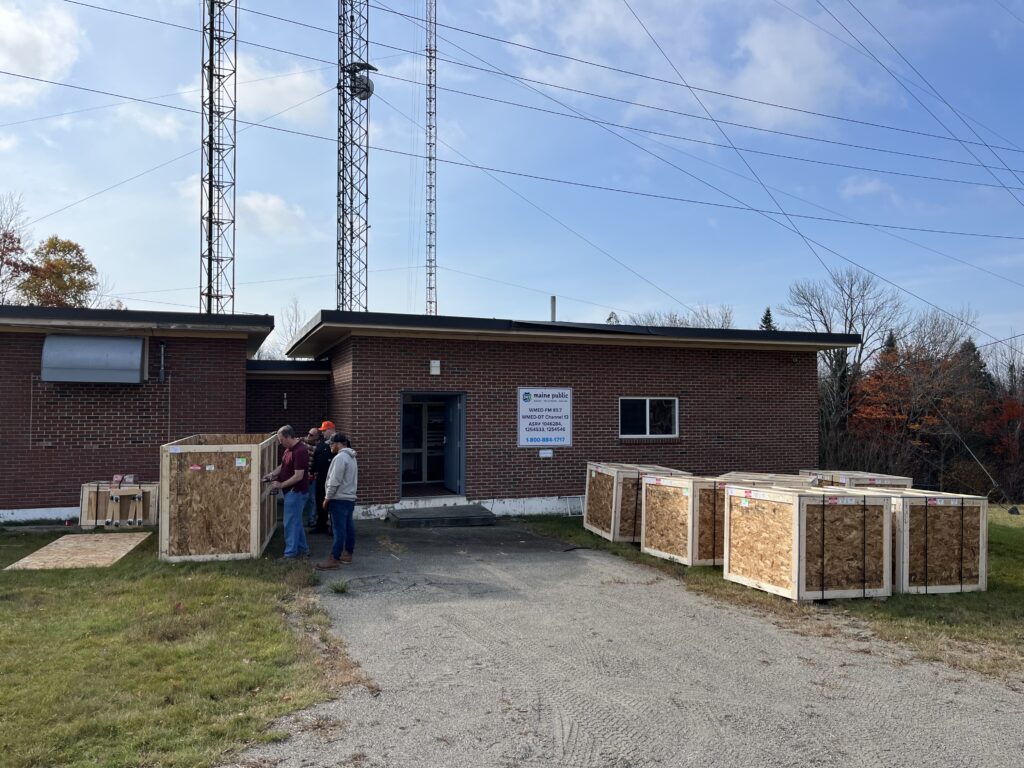
“Along comes the FCC with this rural expansion [filing] window, which is really a once-in-a-lifetime thing,” he says of the period during which broadcasters can apply for new station licenses or frequency changes to be approved by the FCC. “The maximum you can apply for is 10. I said we should apply for 10, and maybe we’ll get lucky and get one or two. We got seven.”
For Maine Public, this monumental expansion continues a commitment to serving a geographically challenging and culturally diverse state. The organization operates both radio and television services statewide, called a “joint licensee.” “We are extremely unique in the joint licensee thing. We’re statewide television and statewide radio,” says Mahaney. “We’re also the statewide public safety distributor. We are the backbone; we’re the primary relay for public safety messages in the state.”
Cory Morrissey, who leads Marketing, Communications, and Special Projects, joined Maine Public about ten years ago. Morrissey was drawn by a deep admiration for the organization’s mission.
“I’m from Rhode Island, but I kind of fell in love with Maine. I came up here, had a number of jobs, and then fell in love with Maine Public,” Morrissey shares. “Certainly, as I’ve done the job, the mission of serving all of Maine absolutely appeals to me.” Morrissey particularly appreciates the tangible community impact, noting, “At the end of the day, you always want to leave the job saying, ‘Hey, did I make a difference?’ And generally, I think we do.”
Their shared mission to represent all Mainers involves technical precision and cultural sensitivity. According to Mahaney, it involves meticulous planning: “We have lots of maps,” he says, describing Maine Public’s broadcast coverage. “When I became the transmission manager, I said, we should have a map showing all the places in the state we don’t go for TV and radio.”
These areas symbolized more than just opportunities for improved broadcast reach — working to service them affirms communities that often feel overlooked.
“When we said, ‘We’re going to bring radio to your town,’ they were just ecstatic,” says Mahaney of the announcements of new stations. Morrissey highlights the strong local enthusiasm, noting it goes beyond just their audiences. “Our state legislators and representatives in Washington [D.C.] are super excited about it because we’re serving more of their area. We’ve had some great feedback from them.”
That government support can also translate to a commitment to the organization. After their win with the FCC, it was then a matter of securing funding to build the stations. US Senate staff pointed them to a USDA Rural Facilities grant program on the grounds that the project would expand emergency alert system capability to rural areas. Senator Susan Collins included the project in her Appropriations requests, and it was successfully funded.
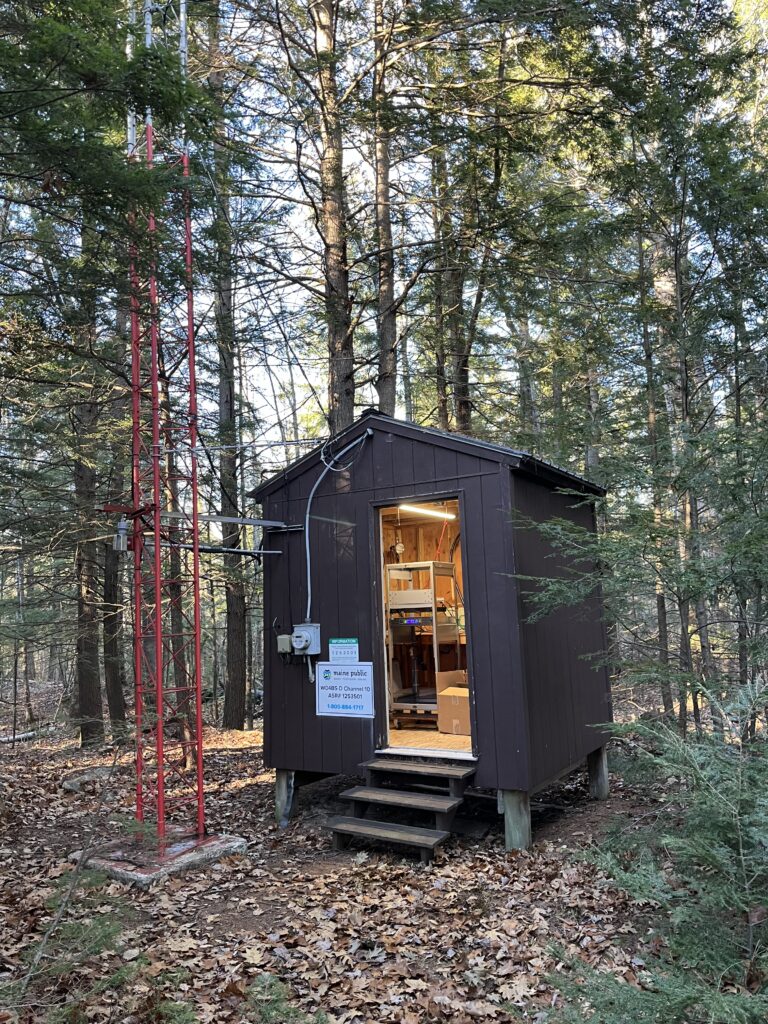
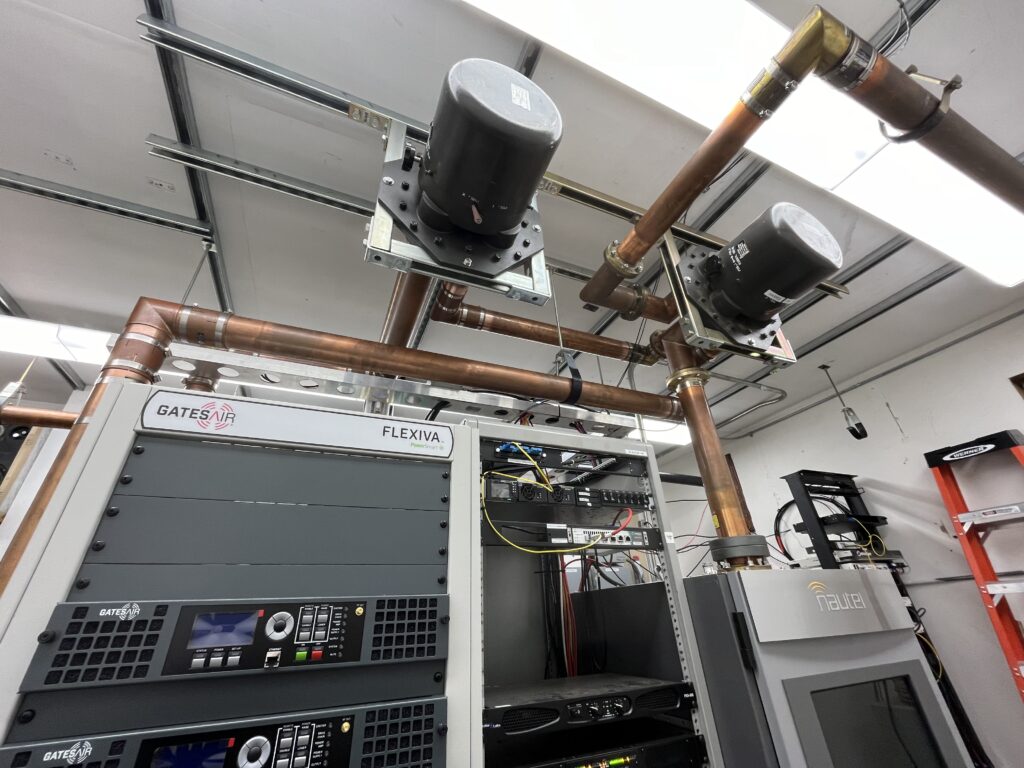
Both Morrissey and Mahaney recognize the responsibility of the opportunities with Maine Public’s fundamental role in education and information access, particularly for those in challenging economic situations. “Most people in the United States are poor. Seventy-five percent don’t have $1,000,” Mahaney stresses. “During COVID, we discovered more people have access to broadband but cannot afford it. It’s the dollar amount that is the biggest hurdle, not the access. So I just emphasize free. Free is extremely important.”
Maine Public bolsters that commitment by focusing on programming built around what the audience really wants, especially in hyper-local ways. “Our success is really serving up content that is Maine-based,” Morrissey explains.
This hyper-local coverage includes a well-loved statewide daily talk show, Maine Calling, as well as the even more beloved high school basketball coverage —“We literally get better than Super Bowl ratings,” Mahaney notes. Mahaney fondly recalls an incident when a transmitter outage during a basketball game led to about 60 eager viewers arriving at the transmitter building, hoping to watch the broadcast there.
Listening to their community has also offered chances to expand the station’s offerings, not just their broadcast range. “In 2016, Maine Public Radio was part classical, part news and information. We heard from our audience that they wanted more of both, and we just didn’t have the bandwidth. So, Jeff and his team launched a classical network [Maine Public Classical] separating it from the main channel.” The station continues to fulfill promises made during this change, expanding its signals every year since, including as part of its recent seven-signal expansion.
That expansion has been supported by not just hard work from the staff, but the important networks that build out the foundations of noncommercial media. Funding for the Corporation for Public Broadcasting (CPB) is essential for all of these services, including Maine Public Classical’s noncommercial music. Without public media funding, Maine Public may lose access to the blanket music licenses negotiated by CPB and the benefit of CPB paying for its music rights with the federal appropriation.
Reflecting on all these efforts to support the state, Morrissey emphasizes staff dedication: “No one just mails it in here. It’s great work, and they’re really proud of it.” For Mahaney, serving communities that resemble his own upbringing keeps him committed: “It’s that self-satisfaction of providing things to people they probably wouldn’t have.” It’s a commitment resonating statewide — station by station, signal by signal, person by person.
Other Stories
noncomMUSIC Alliance: Live from Knoxville, WDVX’s ‘Blue Plate Special’ Is Appalachia’s Soundtrack
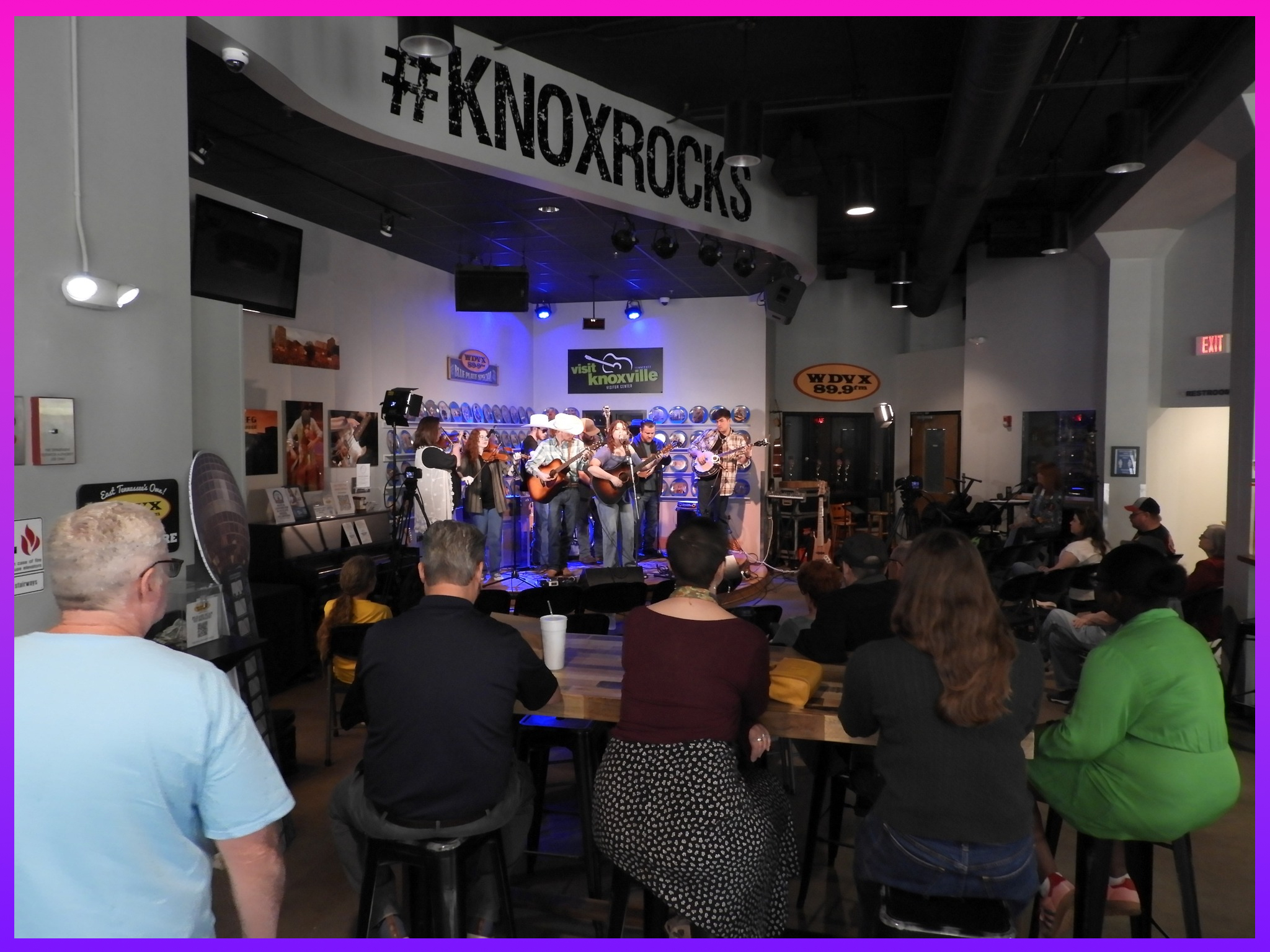
Alliance of Rural Public Media Sends Letter to Congress in Support of Public Media Funding

How a Kentucky Community Radio Station Found Its Home in an RV: Inside WMMT’s ‘Possum Den’
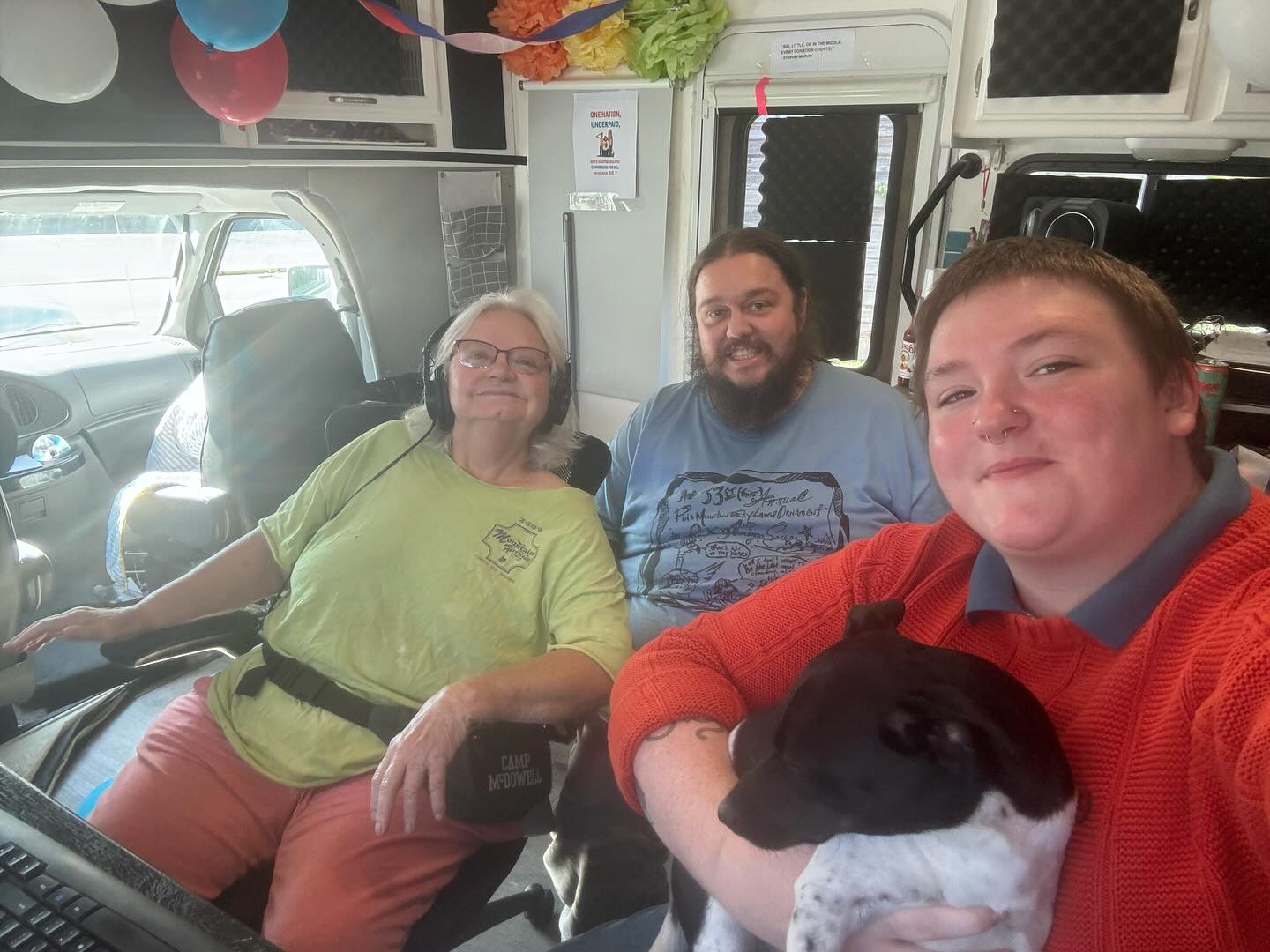
Farm-To-Airways: Harvest Public Media Is Telling the Heartland’s Stories
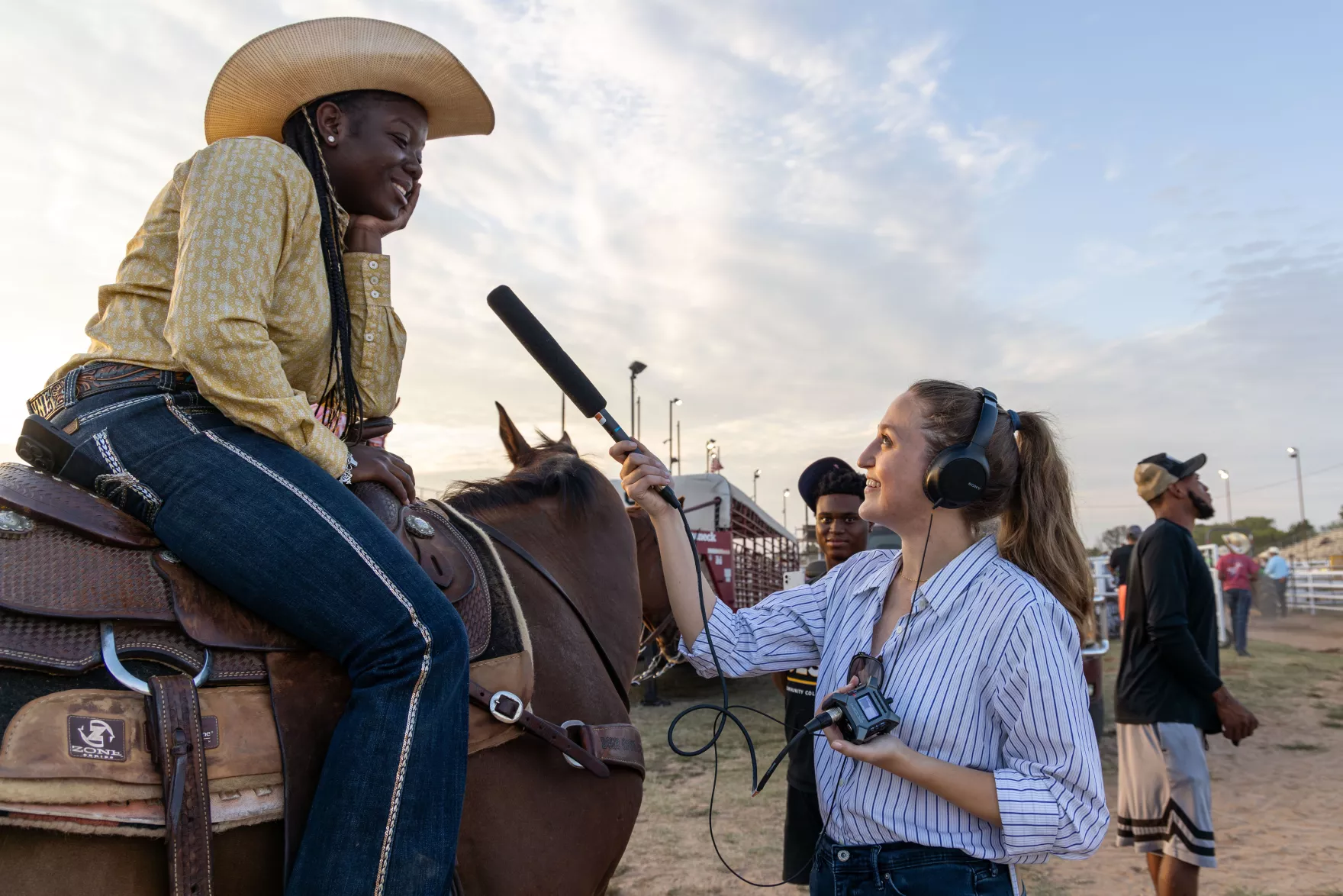
Across Northern Nevada, a One-Woman Station Amplifies Elko’s Voice
